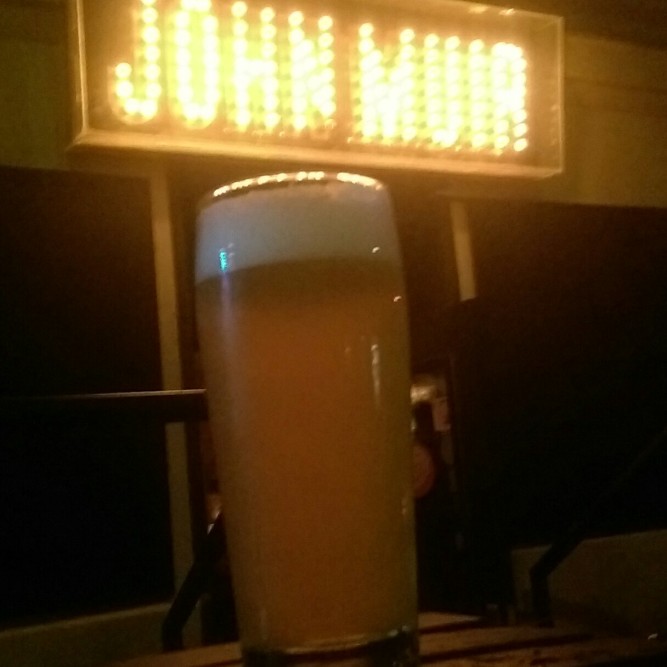
The German capital has been a regular haunt of Euroleague before but not in the new format. With Alba Berlin amongst the better known names on the continent, you’d think going big would be easy unless you actually paid attention, writes Emmet Ryan
Wednesday night in Berlin and inside the final 20 seconds. Below the rim Rokas Giedraitis is fighting for and juggling the ball all at once before finally getting enough control to put it in. Alba win, 79-75, take the series 2-1, and are 4 wins away from a guaranteed spot in Euroleague. With another route, via the Bundesliga, at their disposal, there’s a good chance they’re back in Euroleague next year.
Another major city getting a side back in the big show. A huge market, doing so on merit. On paper it’s all great.
Ok, timeout, yes before we even truly begin. No, I’m not saying Berlin is as difficult as London or Paris to sell big time basketball, this piece is far more about how making Alba into a big deal is far tougher than it looks from the outside.
This is a team with 8 German titles (tied for second all-time and tied for first amongst active clubs), 9 German cups (again second all-time and most amongst active clubs), 1 Korac Cup (the third tier title in Europe), a second place finish in Eurocup, and quarter final appearances in both Euroleague and the Suproleague in their history. There is calibre here. That doesn’t make life easy.
Let’s get to the good bits
A fairly thriving populous
The GDP per capita is a healthy €38,600, which is well below Paris and London our previous examples in this series but still nothing to sniff at. For comparison Madrid, home of the reigning Euroleague champions, is €33,809. It is, by most European standards, affluent. It’s also on the rise economically due to the tech business, although this has led to rising rents (I empathise), but the average age is comparable to Madrid, and it is well served by air which has aided a thriving conference sector. There are people in this town with money to spend.
The arena
This really can’t be understated but being located in the Mercedes-Benz Arena is a massive plus for Alba. The location is well served by Warschauer Strasse station, making access good, and the boom in Friedrichshain has led to an unusually promising amount of development around it.
In 2010, you could see the arena from a lengthy stretch along the East Side Gallery. By the time the Final Four was there in 2016, you had to be facing it. By the time this corner visited last November, you had to be on top of it. The amount of development around the arena has given it more of the feel of a big venue in the US or London, with places to eat, hang around, and essentially make a day out of the trip to watch a game or gig.
The Bundesliga
Being in an offence first league, at least compared to the rest of Europe, is nothing to sniff at when selling an entertainment product. Those going to an Alba game know to expect something fairly exciting. They are conditioned to that and see the sport as fun.
For our analysis series The Ballin After, post-game interviews, and more, subscribe to BallinEurope’s YouTube channel
Alba in both senses
As this is about Berlin and not just the club, it’s worth looking at the upside of both assets. Alba’s a winner, albeit without a championship in 11 seasons, historically with 21 trophies in 28 years. That’s really good, particularly for a city where winners in sport on the old western side weren’t exactly commonplace during the wall years. Naturally, they weren’t the only sports team to thrive during Berlin’s rejuvenation but they stood out all the same on paper.
The Alba Group is a big time sponsor to have as well. A multibillion euro company as backer, throughout its entire history, offers security and the potential for financial clout.
Right, y’all know the next part
This is a competitive city
The comparative weakness of Hertha Berlin on the field does not discount their serious support within the city. Only 1 of their home Bundesliga games has drawn fewer than 30,000 fans this season, and 5 have brought in over 50,000. That’s serious support for a mid-table club. Down a tier, in 2. Bundesliga, there’s Union Berlin who have seen all but 1 home game break 20,000 fans which is particularly impressive considering their stadium can only fit 22,012 fans.
Football runs the show and that’s not the only thing to think about. The other tenants of the Mercedes-Benz Arena, Eisbären* Berlin, are a power in ice hockey and have strong support. Similarly Füchse Berlin, have become a serious outfit that wins trophies in handball while Berlin Recycling Volleys are regular champions of volleyball’s Bundesliga. The handball and volleyball clubs incidentally play in Alba’s old home, the Max Schmelling Halle. If football isn’t your thing, or you just want a change, there are plenty of options in professional sport where the city breeds winners.
BallinEurope now has merch, like actual merch, t-shirts, phone covers, and even pillows. Check it all out on our RedBubble page.
There’s more than sport
While not as noted globally from a broader cultural perspective as Paris and London, there is plenty of competition for disposable income outside of sports here. Everyone knows the clubbing scene but that’s just one element of broader nightlife. It’s a city with a serious independent scene in theatre, music, and the rest of the arts.
That’s before you get to the more simple aspects like eating and drinking where, again, creativity fuels Berlin brilliantly. This adds to the pile when it comes to the challenge.
A different scale
Berlin is, by any reasonable economic measure, affluent and it is also big. It’s a strong multicultural European city that has real growth potential. It is not as big as London or Paris, the latter is the best comparison here. Paris has 12.5 million people, double Berlin’s metro population of 6 million, with a GDP per capita of €56,000, €17,400 more than Berlin.
That puts the above issues around competition into more context. Alba beat Malaga in the Mercedes-Benz Arena but they lost Game 1 to them in the Max Schmelling Halle because Blue Planet II live had the date booked in advance and locking down a playoff date in their primary barn didn’t make economic sense considering the downside cost risk (especially as they could have easily been in the spot where they were hosting on a different date).
That perspective matters
What Alba has done in Berlin really should be lauded when the competitive factors it is up against are put into perspective. They have consistently won trophies, made real noise in the city, and developed a strong and vibrant fanbase that tops all of Germany in terms of average attendance.
From the outside it’s easy to think the club should be bigger than it is, that without a winning football club in town and with massive population advantages along with economic progress it should be a titan on the continent.
Instead it’s been creative and sensible, not living beyond its means while still being able to field a team that is more often than not exciting to watch. The Reggie Redding-Alex Renfroe-Jamel McLean Alba is fondly remembered because of its near miss in the playoffs back in 2015 but this current outfit is frankly more fun.
Getting to Euroleague, be it by winning Eurocup or through the Bundesliga route, would be a big deal for the club. Even in the new format of the competition, that should not be assumed as a reason to assume it can progress easily to the next level. Outside of basketball, it’s got plenty of competition, but the steady pace around it could make it a serious outfit at the next level long-term.
To keep up to date with everything on BiE, like BallinEurope on Facebook




Leave a Reply